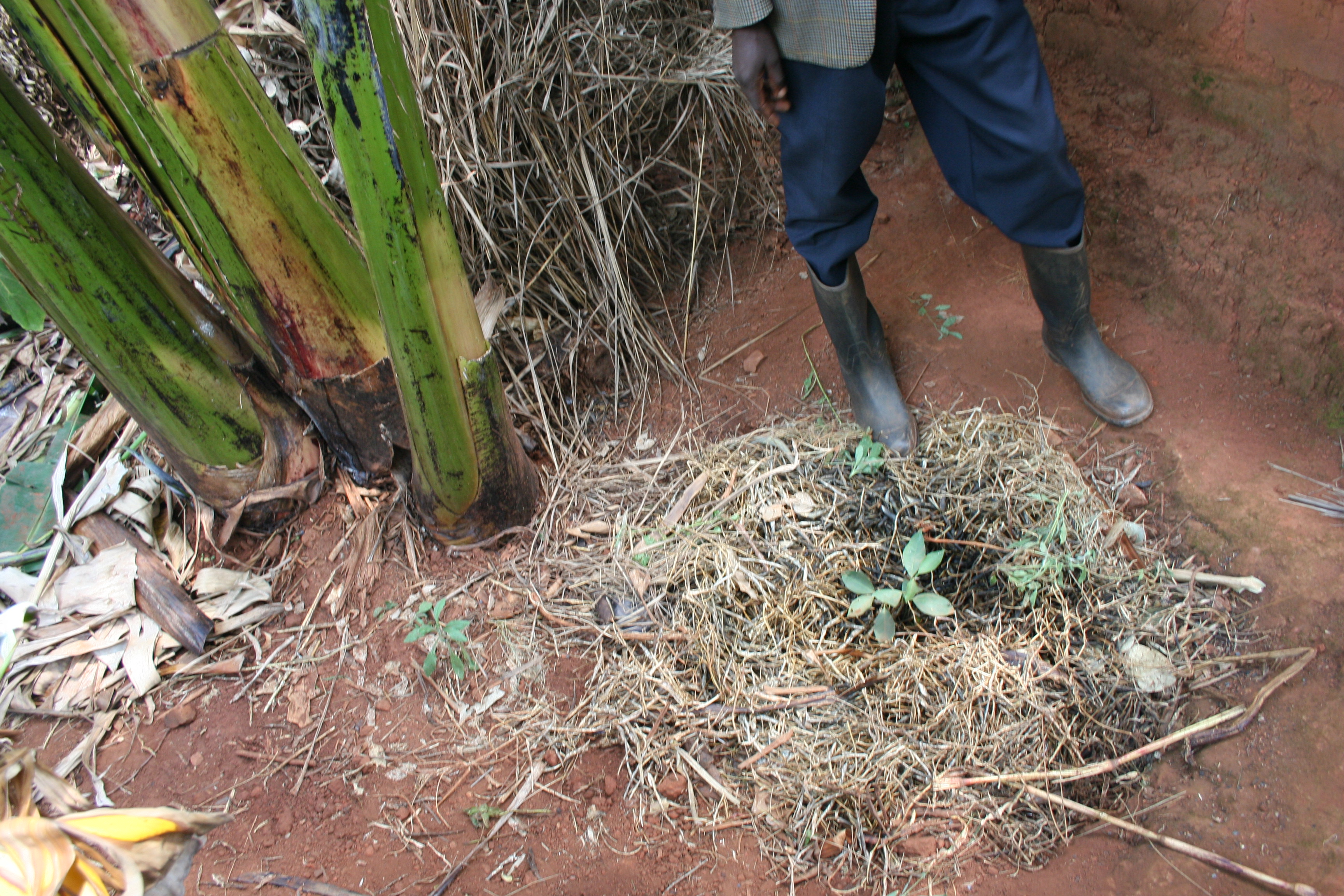Looking to Nature in the Search for Global Soil Solutions
Author: Zoe Loftus-Farren | Published: October 25, 2016
Soil is the unsung-hero of our food system. We depend on it to grow the food we put in our bodies, yet we treat it poorly, compacting it with tractors, depleting it of nutrients, and filling it with chemicals. The Food and Agriculture Organization estimates that globally, 25 percent of soil is degraded. Team BioNurse, a project of the Ceres Regional Center for Fruit and Vegetable Innovation in Chile, has come up with a creative way to help combat this degradation, one that turns to nature for inspiration.
An interdisciplinary team of seven that includes industrial designers, architects, and agronomists, Team BioNurse has designed a soil restoration mechanism that mimics the Yareta plant, a so-called “nurse” plant found in the harsh environment of the Andes. The resilient Yareta provides shelter for seedlings of other plants, protecting them from the elements and facilitating their establishment in the extreme mountain landscape. In doing so, this hardy plant paves the way for the succession of other, more delicate species.
Team BioNurse designed a “BioPatch” that works the same way. Made of corn stalks and other biological materials, the BioPatch is planted with seedlings of plants that help restore soil health but which would struggle to grow in degraded soils. It nurtures these seedlings, providing them with the necessary nutrients and microbes to thrive under tough conditions, protecting them from wind and UV radiation, and directing water to their roots. The BioPatch is then placed on degraded agricultural fields, which, as BioNurse Team member Camilia Hernández points out, can also be “very harsh environments.” As the seedlings take root, they help amend the underlying soil.

